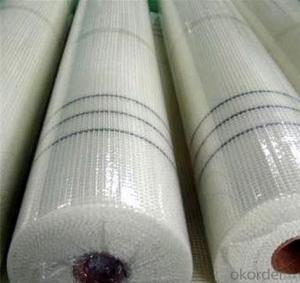Composite propane tanks are a popular choice for many RV owners and outdoor enthusiasts due to their lightweight and durability. But, what makes these tanks stand out from the rest? Let’s dive into the world of composite propane tanks and explore their safety and efficiency features that make them a top choice for many.
The Appeal of Composite Propane Tanks
First, let’s talk about why composite propane tanks are so appealing. They are made from a combination of materials, including a plastic liner and a composite overwrap, which makes them lighter than traditional steel tanks. This lightweight nature is a significant advantage for those who want to save fuel and reduce the overall weight of their RV or camping gear.
Safety Features of Composite Propane Tanks
Safety is always a top priority when it comes to propane tanks. Composite tanks are designed with several safety features to ensure that they are as safe as possible. One of these features is the plastic liner, which is resistant to corrosion and puncture. This means that even if the tank is damaged, the propane won’t leak out as easily as it would from a steel tank.
Another safety feature is the venting system. Composite tanks have a built-in venting system that allows propane to escape in a controlled manner if the pressure inside the tank becomes too high. This helps to prevent explosions and other dangerous situations.
Efficiency of Composite Propane Tanks
When it comes to efficiency, composite propane tanks have a few tricks up their sleeve. They have a lower thermal conductivity than steel tanks, which means that they can maintain the temperature of the propane inside the tank for a longer period. This results in less fuel loss due to evaporation and a longer-lasting supply of propane.
Additionally, the lightweight nature of composite tanks contributes to their efficiency. Since they weigh less, they require less energy to transport, which ultimately saves fuel and reduces emissions.
Maintenance and Longevity
Taking care of your composite propane tank is essential for ensuring its longevity and performance. Regular inspections and maintenance can help to identify any potential issues before they become serious problems. This includes checking for any signs of damage, such as cracks or punctures, and ensuring that the venting system is functioning correctly.
The Environmental Impact
Let’s not forget about the environmental benefits of using composite propane tanks. Since they are made from a combination of materials, they are more sustainable than traditional steel tanks. They also have a longer lifespan, which means that they don’t need to be replaced as often, reducing waste and the overall environmental footprint.
The Bottom Line
So, what’s the verdict? Composite propane tanks offer a safe, efficient, and environmentally friendly option for those who rely on propane for their RV or outdoor adventures. With their lightweight design, advanced safety features, and lower environmental impact, it’s no wonder that they are becoming increasingly popular. If you’re in the market for a new propane tank, consider the benefits of composite tanks and make an informed decision that will serve you well for years to come.

